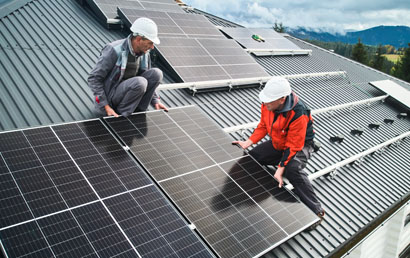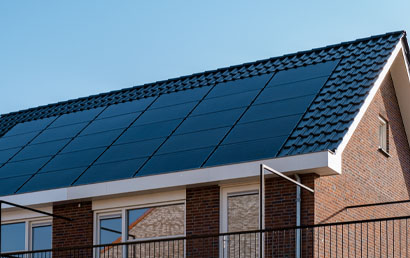Key Highlights
Understanding the Solar Tax Credit
The Residential Clean Energy Credit, a central component of the new legislation, allows homeowners to deduct 30% of the expenses related to installing solar heating, electricity generation, and other solar home products from their federal taxes. This revamped credit, available for over a decade, offers homeowners ample time to explore and evaluate their solar installation options.
Eligible Expenses under the Solar Tax Credit
Covering a wide array of expenses, the Solar Tax Credit includes costs related to solar photovoltaic panels, contractor labor, permitting fees, inspection costs, storage batteries, and more. Notably, the credit can be claimed for eligible battery storage units that store at least 3 kilowatts, even if installed a year or more after the solar system.
Calculating Savings and Long-Term Benefits
Homeowners stand to benefit significantly from the Solar Tax Credit, with the ability to subtract 30% of eligible expenses from their federal taxes. For instance, a $24,000 solar system installation could result in a $7,200 tax credit, potentially reducing owed taxes to zero. Beyond immediate financial gains, energy conservation and reduced electricity bills contribute to long-term savings. Additionally, the installation of solar panels can enhance the resale value of a home.
Duration of the Solar Tax Credit
The 30% credit will remain in effect until December 31, 2032, gradually decreasing to 26% in 2033 and 22% in 2034, before discontinuing in 2035, unless Congress extends the credit. This legislation replaces an older law that would have expired in 2024.
Eligibility Criteria
The Solar Tax Credit is accessible to all American taxpayers for their primary or secondary residences, irrespective of income levels. However, the credit is applicable only for purchased solar systems, excluding leased systems or memberships in power-purchasing cooperatives.
Coordination with State and Other Federal Credits
The Solar Tax Credit does not impact state-level credits, leaving it to individual state taxing authorities to determine if state credits are affected by federal claims. Additionally, homeowners can simultaneously benefit from other federal energy tax credits, including the Energy Efficient Home Improvement Credit, covering items such as windows, doors, insulation, electrical upgrades, and heat pumps.
In conclusion, the Solar Tax Credit & Inflation Reduction Act offers homeowners a valuable opportunity to embrace solar energy, reduce costs, and contribute to a sustainable future. Understanding the intricacies of this legislation can empower individuals to make informed decisions regarding their solar installations and maximize their financial benefits.
Conclusion
The solar tax credit presents an excellent opportunity for homeowners to make substantial savings on their electricity bills. Under the new legislation, taxpayers can benefit from a 30 percent credit for solar installations on their primary or secondary residence, valid until December 31, 2032.
This advantageous solar tax credit is accessible to individuals across all income levels, regardless of whether they choose to itemize their taxes or opt for the standard deduction. Residents in states with additional solar incentives can still claim the federal tax credit. Beyond the solar tax credit, homeowners can explore other qualifying efficiency upgrades, making use of this year's Energy Efficient Home Improvement Credit, which comes with dollar caps of up to $1,200 total annually.








